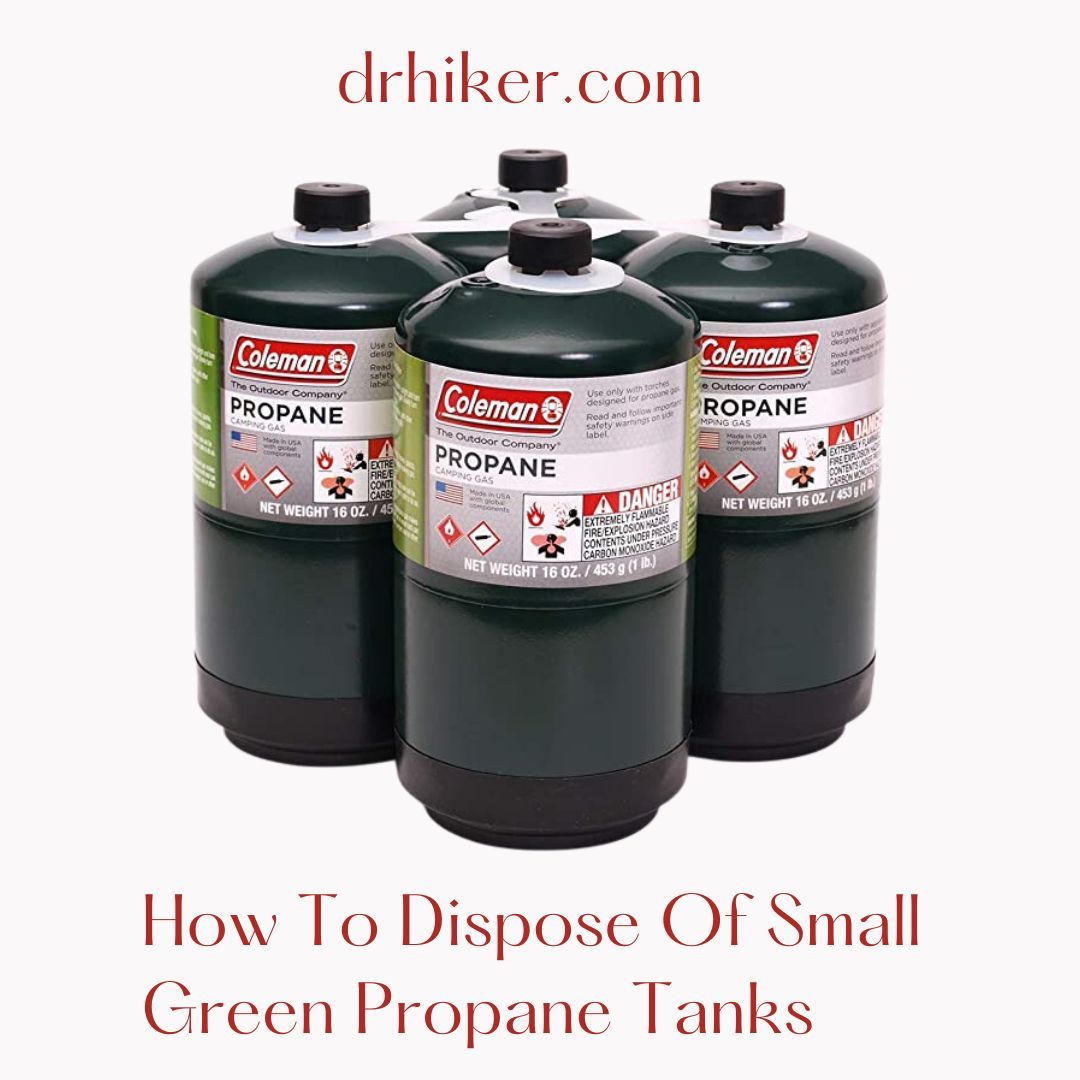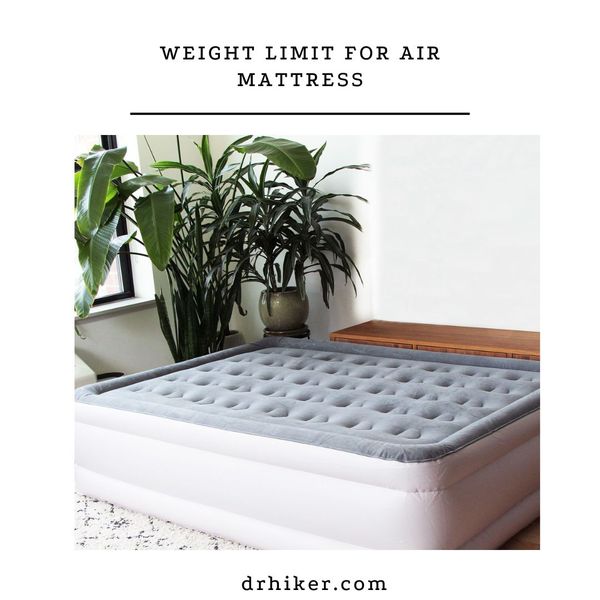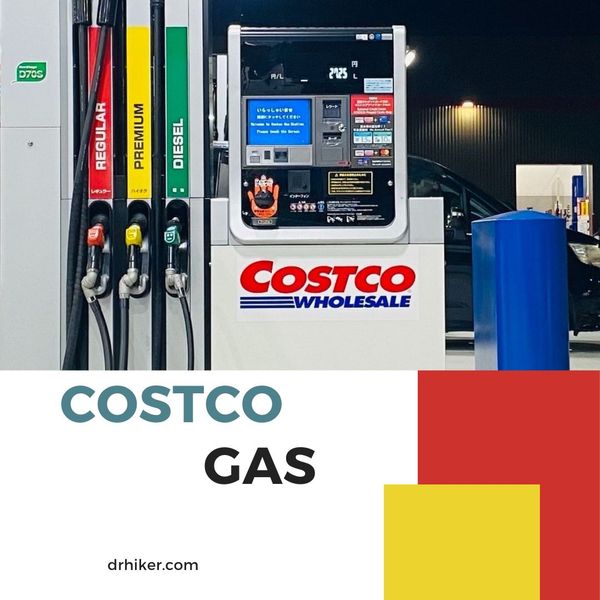Can you toss them in the trash? Actually, no. Improperly disposing of propane tanks can be dangerous and harmful to the environment.
This blog post will show you how to eliminate those small green propane tanks. We'll help you find disposal options so you don't have to undergo a complicated process. Safety is also a big concern, so we'll provide tips on handling and preparing the tanks for disposal without any risks.
By the end of this post, you'll know exactly how to responsibly and safely dispose of those small green propane tanks, ensuring you're doing your part for the environment and keeping yourself and others safe. Let's get started and ensure those tanks are in the right place!

How To Dispose Of Small 1lb Green Propane Cylinders? - Step-By-Step Guide
Disposing of 1lb propane cylinders follows a similar process to larger propane tanks. To dispose of green propane cylinders, please follow these step-by-step guidelines:
- Check local regulations: Before disposing of propane cylinders, it's essential to familiarize yourself with the specific regulations in your area. Some locations have specific guidelines or recycling programs for propane cylinders, while others may prohibit specific disposal methods.
- Empty the cylinder: Ensure that the propane cylinder is empty before attempting any further steps. You can use the remaining propane safely by connecting it to a propane-powered appliance until the gas is depleted.
- Ventilate the cylinder: To ensure no residual gas is left, it's important to ventilate it properly. Take the cylinder outdoors to a well-ventilated area, away from open flames, sparks, or ignition sources. Unscrew the valve or tap to release any remaining gas slowly. Allow the cylinder to sit in the open air to ensure all the gas has dissipated.
- Remove the valve: Once the cylinder is empty and properly ventilated, you can remove the valve. This step is crucial to prevent accidental propane leaks during the disposal process. Use an adjustable wrench or a valve removal tool specifically designed for propane cylinders to unscrew and detach the valve from the cylinder. Be careful and avoid damaging the threads or the cylinder itself.
- Check for recyclability: Some green propane cylinders may be eligible for recycling. Check with your local recycling facilities or hazardous waste collection centers to determine if they accept propane cylinders. They might have specific instructions on preparing the cylinders for recycling, such as removing labels or separating components.
- Contact a propane retailer: If you need help with recycling in your area, you can contact a local propane retailer or supplier. They might have programs or guidelines for proper cylinder disposal. Contact them to inquire about their procedures and if they accept green propane cylinders for disposal.
- Hazardous waste disposal: If neither recycling nor contacting a propane retailer is viable, you may need to dispose of the cylinder as hazardous waste. Check with your local hazardous waste management facility or municipality for guidance. They can provide information on safely handling and transporting the cylinder to their designated drop-off location.
- Secure transportation: If you need to transport the cylinder to a recycling or hazardous waste facility, ensure it is secured properly during transit. Place the cylinder upright and secure it in your vehicle to prevent tipping or rolling. Avoid extreme temperatures or direct sunlight during transportation.
Do Propane Tank Sizes And Capacities Affect While Disposing?
Propane tank sizes and capacities can have an impact on the disposal process. Here's how they can affect the disposal:
- Hazardous waste regulations: Larger propane tanks typically have higher capacities and may fall under different regulations for hazardous waste disposal. Different jurisdictions may have specific rules regarding the disposal of propane tanks above a certain size. It's important to check local regulations or consult with local authorities to understand the specific requirements for disposal based on tank size and capacity.
- Recycling options: Some recycling programs or facilities may only accept certain sizes of propane tanks for recycling. Smaller tanks, such as those used for camping or grilling, are often more commonly accepted for recycling. Larger tanks, such as those used for residential or commercial purposes, may have limited recycling options. It's important to check with local recycling facilities to determine if they accept larger tanks and if there are any size restrictions.
- Transportation and handling: Larger propane tanks can be heavier and more challenging to transport and handle during disposal. Proper equipment and precautions may be necessary to ensure the safe transportation of larger tanks. It's important to consider the weight and dimensions of the tank when planning for its disposal and to take necessary safety measures to prevent accidents or injuries.
- Accessibility and collection methods: Depending on the size and capacity of the propane tank, the collection methods available for disposal may vary. Smaller tanks can often be dropped off at designated collection sites or recycling centers. Larger tanks may require specialized pickup services or disposal coordination with propane retailers or waste management facilities. It's important to research and understand the disposal options available for different tank sizes in your area.
Propane Tank Sizes And Capacities

Propane tanks come in various sizes and capacities to accommodate different needs. Apart from the 1lb cylinders, you can find tanks in sizes such as 20lb, 30lb, and even larger capacities for residential or commercial use. The choice of tank size depends on the specific application and the amount of propane required.
Is There Any Disposal at Household Hazardous Waste (HHW) Facilities?
Many Household Hazardous Waste (HHW) facilities accept propane tanks for disposal. These facilities are equipped to handle various hazardous materials and ensure their safe disposal. Propane tanks, especially smaller ones used for grilling or camping, are often accepted at HHW facilities. It's important to check with your local HHW facility for specific guidelines on preparing and transporting the propane tanks for disposal at their facility. They can provide instructions and information on drop-off dates and times for propane tank disposal.
How Do I Know If My Small Green Propane Tank Is Empty?
To determine if your propane cylinder is empty, you can follow these steps:
Check The Gauge (If Applicable)
Some propane cylinders have a built-in gauge indicating the propane's remaining level. If your cylinder has a gauge, check it to see if it shows an empty or near-empty reading. However, please note that gauges may not always be accurate, so it's important to use additional methods to confirm emptiness.
Weigh The Cylinder
The most accurate way to determine if a propane cylinder is empty is by weighing it. Before weighing, ensure the cylinder is disconnected from any appliances or regulators. Use a bathroom scale or suitable weighing device to measure the cylinder's weight.
- If you know the cylinder's tare weight (empty weight), subtract it from the total weight. The difference should give you an estimate of the remaining propane. For example, if the tare weight is 20 pounds and the total weight is 25 pounds, the remaining propane would be approximately 5 pounds.
- Alternatively, if you don't know the tare weight, weigh the cylinder and compare it to the weight specifications provided by the manufacturer. Most 20lb propane cylinders have a standard capacity of around 17-18 pounds. If the weight is significantly lower than the standard capacity, it indicates that the cylinder is likely empty.
Perform A Soapy Water Test
You can perform a soapy water test to double-check for any residual propane. Prepare a solution of water and dish soap and apply it around the valve and connections of the cylinder. If you see bubbles forming, it indicates the presence of propane or a leak. However, please exercise caution and ensure proper ventilation when performing this test.
Conclusion
This step-by-step guide provides a clear process to follow. Assess the cylinder's condition, empty it of propane, and choose an appropriate disposal method to local regulations.
Responsible disposal practices promote a cleaner and safer community, whether recycling at specialized centers or utilizing household hazardous waste facilities. Let's prioritize safety and sustainability when disposing of green propane cylinders to protect ourselves and the environment.








